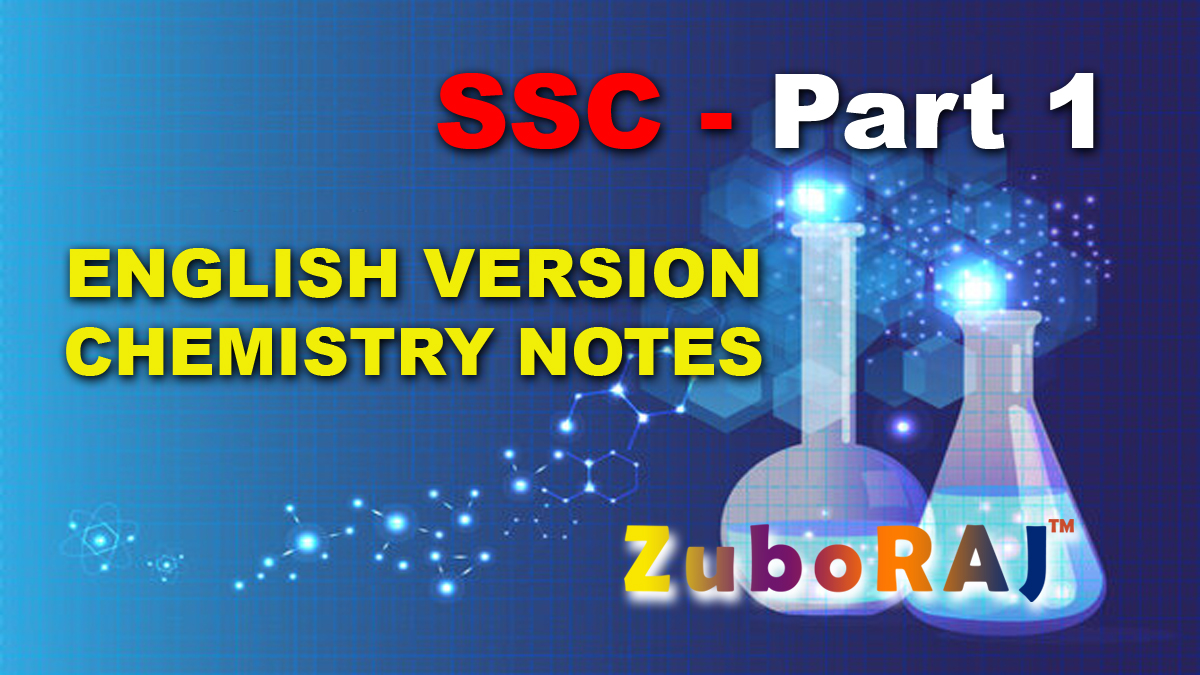
Class – IX Subject
Chemistry Chapter ─ 04
Social Media Plan
- History of periodic table: i. In 1789: Antone Lavoisier first divided the elements like Oxygen, Nitrogen, Hydrogen,
Phosphorus, Mercury, Zinc, Sulphur, etc. into metals and non-metals.
ii. In 1829: the scientist Dobereineir found that groups of three elements show same features. This is called Dobereiner’s Triad Law
iii. In 1864: English scientist John AR Newlands gave a theory called Law of Octet.
iv. In 1869: Russian scientist Mendeleev published a table in an attempt to contain elements with similar properties in the same group with 63 elements. He organize the elements by atomic mass.
v. In 1913: scientist Mosley proposed to organize elements according to their atomic number instead of their atomic mass - What do you mean by Dobereineir’s law of Triads?
Ans.In 1829, the scientist Dobereineir found that groups of three elements show the same kind of features. First, he organized the elements into threes according to their atomic mass. Then he marked that atomic mass of the second element is half or near about half of the summation of first and third’s atomic mass. Dobereineir identified chlorine, Bromine and Iodine as the first trio of chemical elements. It is known as Dobereineir’s law of Triads. - What do you mean by law of octet?
Ans.For the elements detected up to 1864, English scientist John AR Newlands gave a theory called Law of Octet, According to it, if elements are organized following a sequence of lower to higher atomic mass, there is evident similarity in physical and chemical properties of each eight element. - What is theory of Mendeleev?
Ans.In 1869, Russian scientist Mendeleev published a table in an attempt to contain elements with similar properties in the same group. Reviewing the physical and chemical properties, he theorized, “Physical and chemical properties of elements return periodically as the atomic mass of the elements increase.” - Characteristics of the Periodic Table:
a)There are seven periods (horizontal rows) and 18 groups (vertical columns) in the periodic table.
b)All periods start with group 1 at the extreme left and extend up to group 18 at the extreme right.
c)A small table of 2 horizontal rows and 14 columns displays the Lanthanide and Actinide elements beneath the main periodic table. These are part of period 67 of the main periodic table.
d)Period 1 contains only two elements, Periods 2 and 3 contain 8 elements, each. Period 4 and 5 contain 18 elements each. Periods 6 and 7 contain 32 elements each.
e)Group 1 contains 7 elements, group 2 contains 6 elements Group 3 has 32 elements. Group 4 to 12 contain 4 elements each. Groups 13-17 have 6 elements each. Group 18 contains 7 elements.
See more details download the PDF file below-
Download PDF: Chemis-IX-Chapter-04
S M Zuboraj Hossain
Class – (IX) (English Version)
Islamabad Collegiate School, Khulna




